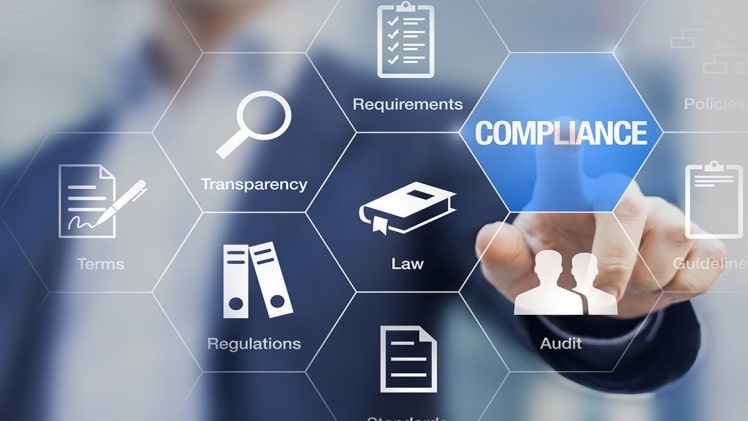There are a number of common web accessibility issues that can impact how people with disabilities interact with your website. To make your site more accessible for everyone, it’s important to be aware of these issues and work to correct them (by using a tool like accessiBe, for example). This article will outline the ten most common WCAG 2.0 compliance issues.
1. Lack of Alternative Text for Images
One of the most common accessibility issues is the lack of alternative text (or “alt text”) for images. Alt-text is a short description of text displayed in place of the image if it cannot be displayed for some reason. Screen reader users also use it to describe the image to them.
2. Inaccessible Videos
Another common issue is the use of inaccessible videos. For example, poorly captioned videos can be difficult or impossible for people with hearing impairments to access.
3. Lack of Keyboard Navigation
A lack of keyboard navigation can make it difficult or impossible for people with disabilities to interact with your website. Keyboard navigation includes the ability to use the tab key to move between elements on a page and use shortcuts (like pressing the “s” key to skip to the search field).
4. Poor Color Contrast
If the color contrast on your website is poor, it can make it difficult or impossible for people with vision impairments to read the text on your pages.
5. Inaccessible Forms
Inaccessible forms can be difficult or impossible for people with disabilities to use. This can include issues like not having enough space to enter information or not providing alternate means of submitting a form (like a submit button).
6. Hidden Content
Hidden content is content that is not visible to people who are looking at your website. This can include content placed off-screen or content that is the same color as the background.
7. Non-Descriptive Links
Links that do not have descriptive text can be difficult or impossible for people with vision impairments to understand. This is because they cannot see the link’s text and must rely on its location to determine where it goes.
8. Use of Color Alone to Convey Information
Using color alone to convey information can be difficult or impossible for people with color blindness to understand. This is because they may not be able to tell the difference between different colors, making it difficult to determine what a particular color means.
9. Lack of Headings and Subheadings
Lack of headings and subheadings can make it difficult for people with disabilities to understand the structure of your website. This is because they cannot tell what a page is about just by reading the text.
10. Use of PDF Files
PDF files can be difficult or impossible for people with disabilities to access. This is because screen readers cannot read them, and they often do not have the same functionality as regular web pages.
Final Thoughts on WCAG 2.0 Compliance
These are just a few of the most common WCAG 2.0 compliance issues. There are many other things to consider when making your website accessible, but these are a good place to start. For more information on web accessibility, be sure to check out the WCAG 2.0 Guidelines.

